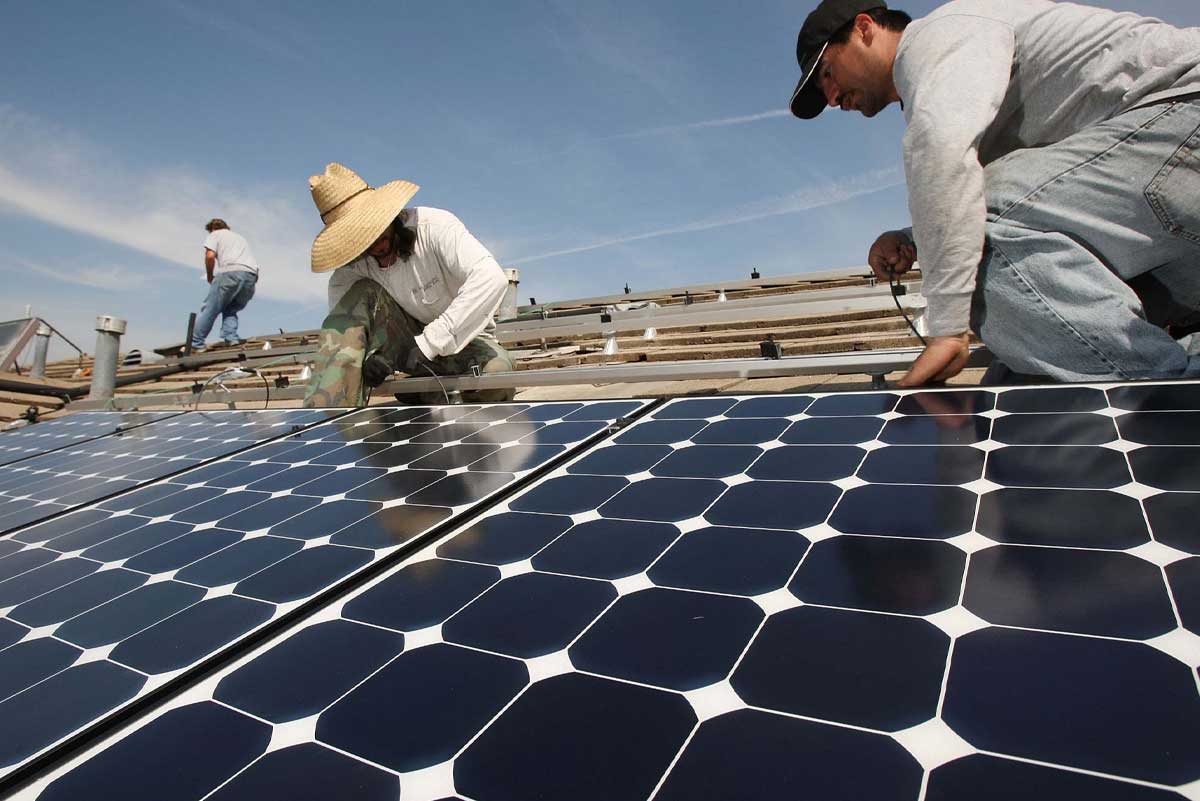
The Rise of Hybrid Solar-Wind Energy: A Complete Guide
The global energy landscape is undergoing a major transformation, with an increasing emphasis on clean and sustainable solutions. By combining the strengths of two key renewable sources—solar and wind—hybrid energy systems are emerging as a dependable and efficient alternative to conventional power generation. This in-depth guide explores how hybrid solar-wind systems function, their efficiency, and their benefits, equipping you with essential knowledge to make informed decisions about this cutting-edge technology in the renewable energy sector.
What is a Hybrid Solar-Wind Energy System?
A hybrid energy system integrates multiple power sources for electricity generation. A hybrid solar-wind system harnesses both solar and wind energy to provide a stable and reliable source of clean power.
The Relationship Between Solar and Wind Energy Availability
Solar and wind energy production fluctuates throughout the year. In India, these two sources often exhibit an inverse relationship. Wind speeds generally increase when solar radiation is low, such as during cloudy days, nights, or early mornings. Conversely, on sunny days with high solar output, wind speeds may be lower. This natural balance helps maintain a more consistent energy supply when both systems are combined.
Impact of Climate and Weather on Hybrid System Efficiency
The efficiency of hybrid solar-wind systems is significantly affected by regional climate and weather conditions. India’s diverse climate necessitates strategic system design to optimize the balance between solar and wind power. Advanced tools and engineering solutions help tailor hybrid energy setups to specific locations, ensuring sustainability and energy independence.
How a Hybrid Solar-Wind System Works
A hybrid solar-wind system consists of solar panels and wind turbines. Solar panels, made of photovoltaic cells, convert sunlight into electricity, while wind turbines generate mechanical and electrical energy from wind movement.
Solar panels produce direct current (DC), which is converted into alternating current (AC) through an inverter. Wind turbines, on the other hand, generate AC directly. Both energy sources are integrated to supply power for residential, commercial, and industrial use.
Battery storage plays a crucial role in these systems, storing excess energy generated during peak production periods. This ensures a continuous power supply, even when sunlight or wind is insufficient.
Key Components of a Hybrid Solar-Wind System
Charge Controllers: Managing Power from Dual Sources
Hybrid charge controllers regulate power from both solar and wind sources, ensuring voltage stability, protecting battery storage, and enhancing system longevity. India’s National Wind-Solar Hybrid Policy has facilitated the adoption of such systems, increasing renewable energy capacity.
Inverters: Enabling a Stable Energy Supply
Inverters convert DC electricity from solar panels into AC and integrate wind-generated AC power, ensuring a steady and usable energy supply for homes and businesses. They are essential for synchronizing different generation units, including fixed-speed and variable-speed turbines.
Battery Storage: Ensuring Reliability
Battery storage is a cornerstone of hybrid energy systems, providing backup power during low-generation periods. This enhances reliability and makes hybrid solutions more efficient.
Advantages of Hybrid Solar-Wind Energy Systems
- More Consistent Power Supply – By leveraging both solar and wind energy, hybrid systems mitigate the intermittent nature of renewable sources, stabilizing energy production.
- Lower Battery Storage Requirements – Compared to standalone solar or wind systems, hybrid setups reduce dependency on large battery storage solutions, optimizing costs.
- Efficient Land Utilization – In land-constrained areas, hybrid systems maximize energy output by utilizing the same space for both solar panels and wind turbines.
Conclusion
With over 2.1 GW of operational and under-construction distributed energy assets, Amplus is driving the clean energy transition for commercial and industrial users, helping them achieve their Net Zero goals. Our commitment to innovation and sustainability ensures that your shift to renewable energy is both seamless and impactful.
